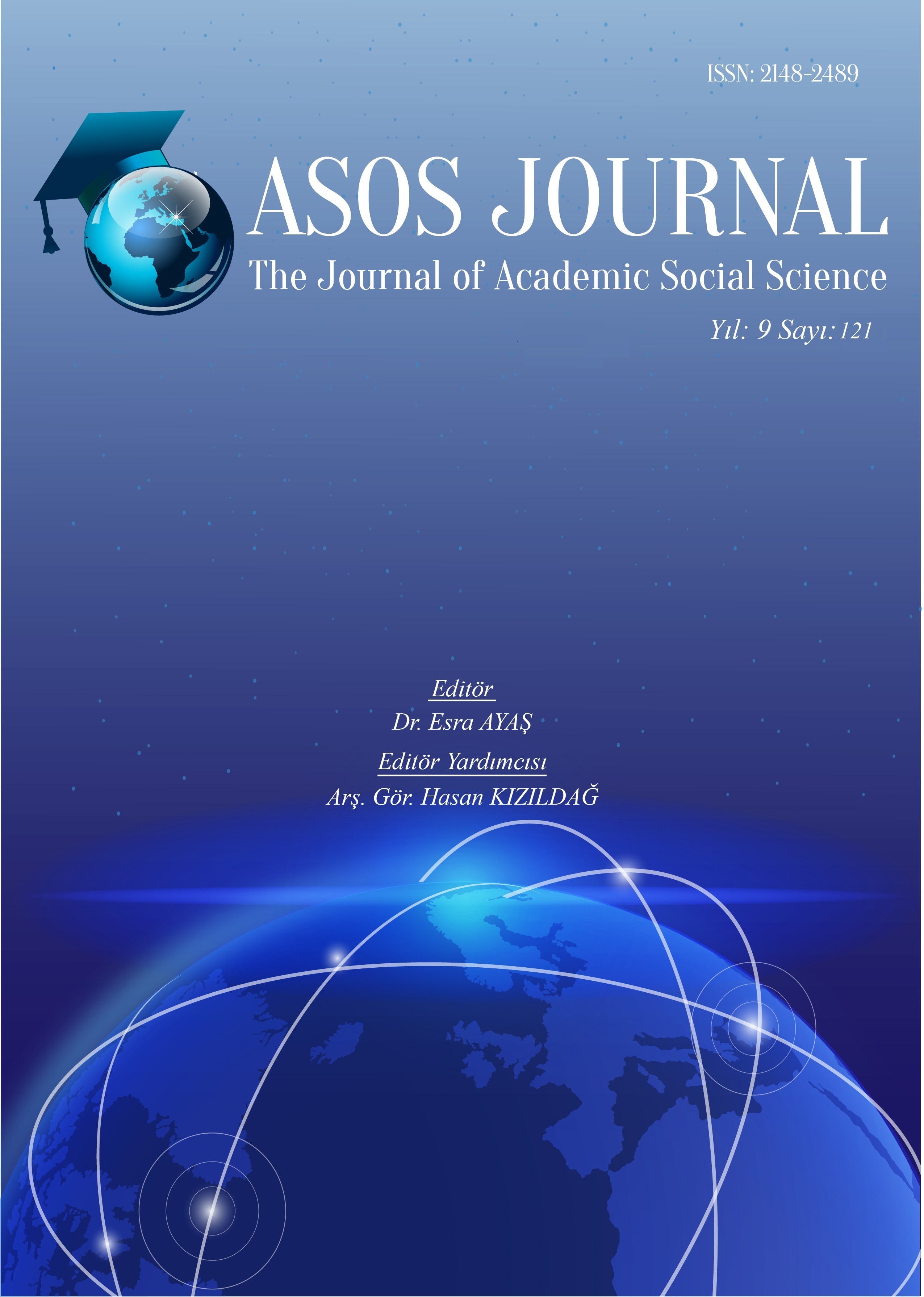Author :
Abstract
This study seeks to assess the working capital management of commercial banks in Afghanistan. Time series data from 2012 to 2017 have been extracted from the financial statement of the banks, and descriptive statistics, financial analysis techniques and ratios, correlation analysis and regression have been used to determine how working capital affect profitability. Contrary to most previous empirical works, the findings of this study show that working capital management effectively influences the profitability of commercial banks. Equity capital growth has a significantly positive relationship with banks profitability (Return on Equity) whiles working capital, and short-term debt exhibits a significantly negative relationship with the bank’s profitability only in three banks (Azizi Bank, First Micro Finance Bank, and Maiwand Bank) and its insignificant in case of other banks.
Keywords
Abstract
This study seeks to assess the working capital management of commercial banks in Afghanistan. Time series data from 2012 to 2017 have been extracted from the financial statement of the banks, and descriptive statistics, financial analysis techniques and ratios, correlation analysis and regression have been used to determine how working capital affect profitability. Contrary to most previous empirical works, the findings of this study show that working capital management effectively influences the profitability of commercial banks. Equity capital growth has a significantly positive relationship with banks profitability (Return on Equity) whiles working capital, and short-term debt exhibits a significantly negative relationship with the bank’s profitability only in three banks (Azizi Bank, First Micro Finance Bank, and Maiwand Bank) and its insignificant in case of other banks.
Keywords
- (Balachandran, Raghavan and Sundaram 2001, p.195). (GWC = CA)
- liabilities (Echevarria 2012, p.19). Net operating working capital is defined as operating current
- assets minus operating current liabilities (Brigham and Ehrhardt 2008, p.61). Net Working
- Accountants of India 2010, p.204). It is the capital; the business organization should maintain a
- Sohai et al. (2016) examined the impact of working capital management and its policies
- (Pakistan Stock Exchange) for the time period of 2009-2013. The results revealed from the
- Karakuman et al. (2010) investigated the impact of working capital management practices on
- Using data from 2005-2008, their findings indicate a statistically significant negative
- Falope & Ajilore, (2009) examined the effect of working capital management on the
- from 1996-2005, the authors observe a significantly negative relationship between net operating
- Mathuva, (2009) examines the influence of working capital management components on
- covering the period from 1993 - 2008, the study finds a significantly negative relationship
- Qazi et al. (2011) examined that the net working capital is positive and a strong significant
- Gill et al (2010) explored that there is a strong significant association among the cash operating
- Nazir & Afza (2009) found that there exists a strong significant difference between working
- Gamlath, G R M & Rathiranee, Y (2014) inspect the relationship between working capital
- Yahaya, A, & Bala, H. (2015) stated a direct association for current ratio and quick ratio and
- financial position of banks. It is based on recent 6 years data from 2012 to 2017. This study has
- collection and loan disbursement. Financial statements for the last six fiscal years from 2012 to
- 2017 have been taken for evaluating working capital management. These include: 1) Aziz Bank 2) Afghanistan International Bank (AIB) 3) Islamic Bank of Afghanistan (IBAFG formerly Bakhter Bank) 4) First Micro Finance Bank (FMFB) 5) Afghan United Bank (AUB) 6) Ghazanfar Bank 7) Arian Bank 8) Maiwand Bank
- Al-Mwalla, M. (2012). The impact of Working Capital Management Policies on firm’s Profitability and Value: the case of Jordan. International Research Journal of Finance and Economics, 85(4), 1450–2887.
- Arunkumar, O. N., & Ramanan, T. (2013). Working capital management and profitability: A sensitivity analysis. International Journal of Research and Development, 2(1), 52–58.
- Brigham, Eugene F, and Michael C Ehrhardt. Financial Management: Theory & Practice. 12. US: Thomson South-Western, 2008.
- Falope, & Ajilore, (2009). The impact of firms' capital expenditure on working capital Management. An empirical study across industries in Thailand. International Management Review. 1(1), 8-21.
- Gill, A. (2011). Factors that influence working capital requirements in Canada. Economics and Finance Review, 1(3), 30–40.
- Joshi, Raharam. "WORKING CAPITAL MANAGEMENT OF WORKING CAPITAL OF COMMERCIAL BANKS." Faculty of Management, Tribhuvan University, Kathmandu, 2013, 10.
- Karakuman, Kargar, J., & Blumenthal, R., (2010). Leverage Impact of Working Capital in Small Businesses. MA Journal 14(6), 46-53.
- Kohler, & Kithii, (2008). The relationship between working capital Management and profitability of Companies listed at the NSE. Unpublished MBA Research project, University of Nairobi.
- Mathuva, D. (2010). The Influence of Working Capital Management Components on Corporate Profitability: A Survey on Kenyan Listed Firms. Research Journal of Business management, 4(1), 1-11.
- Nazir, M. S., & Afza, T. (2009a). Impact of aggressive working capital management policy on firms’ profitability. IUP Journal of Applied Finance, 15(8), 19. Yahaya , Adamu, and Hussaini Bala. "Working Capital Management and Financial Performance of Deposit Money Banks in Nigeria." Research Journal of Finance and Accounting, 2015.





